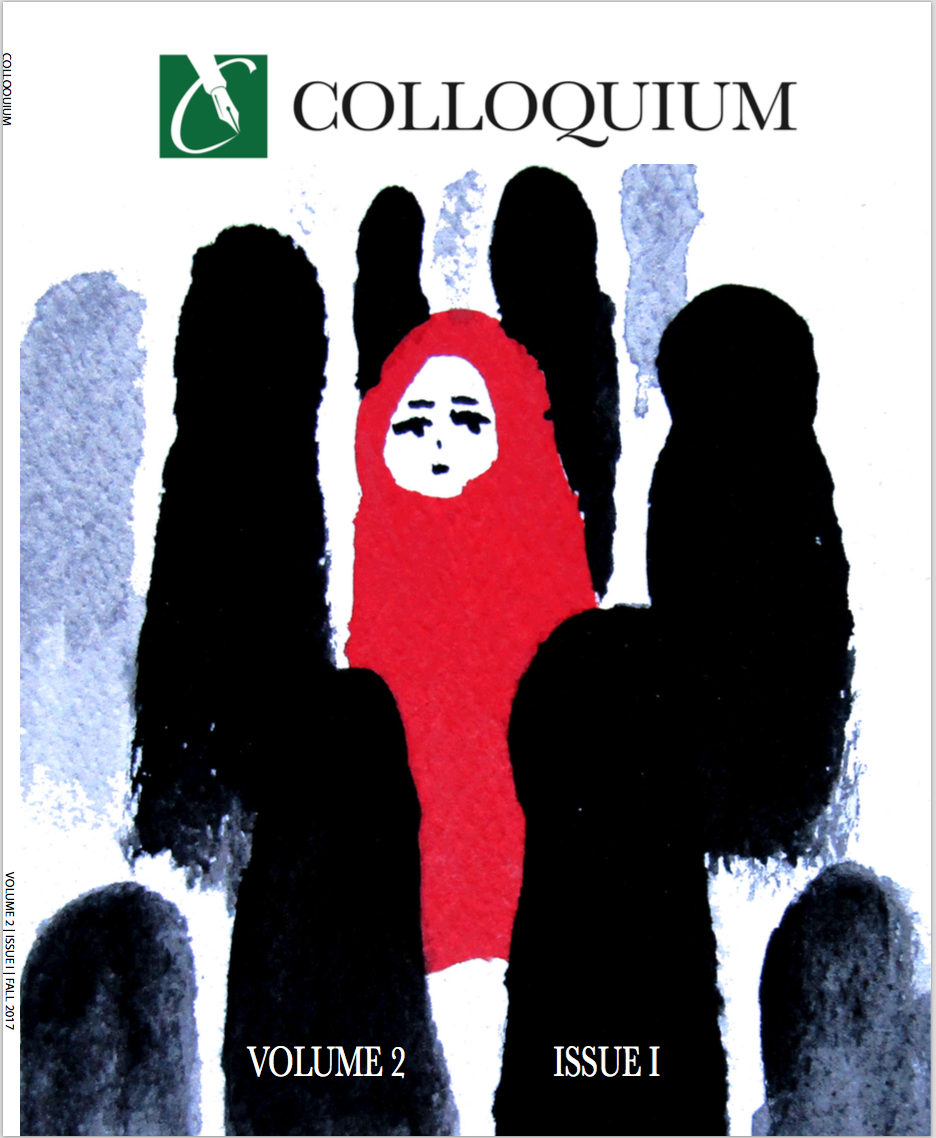Declining Fertility in a Rapidly Aging Japan
Abstract
This research paper discusses the origins of Japan’s fertility crisis and analyzes the government’s most significant policy initiatives, from 1990 to the present, to raise the country’s poor birth rate. It begins by identifying the roots of Japan’s fertility crisis in the post-World War II era, during which time repatriation facilitated an increased governmental push for contraceptive and abortion access to slow the economically disadvantageous population explosion. It then details the rapid implementation of pro-natal and childcare policies, largely in response to the “1.57 shock” of 1989, which marked Japan’s lowest recorded total fertility rate at the time. The paper concludes by examining the Abe administration’s inability to effectively address this issue by targeting the country’s overburdened, insufficient network of daycare centers for working mothers. Allen argues that Japan’s contraceptive availability and historically poor national birth rate have culminated in the demographic phenomenon of sub-replacement fertility, prompting government interventions to mitigate the terrifying ramifications of population aging for this modernized country.
Downloads
Published
How to Cite
Issue
Section
License
Copyright (c) 2018 Theodore Allen

This work is licensed under a Creative Commons Attribution 4.0 International License.
Please follow the link for further Copyright and License Information.


